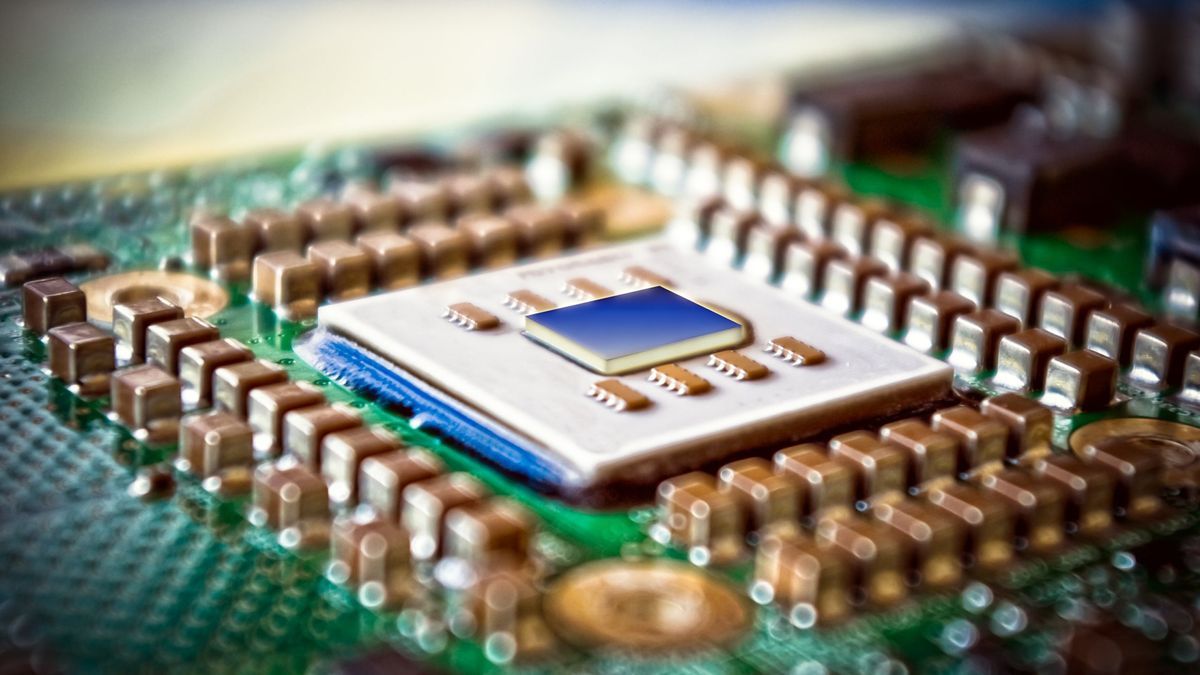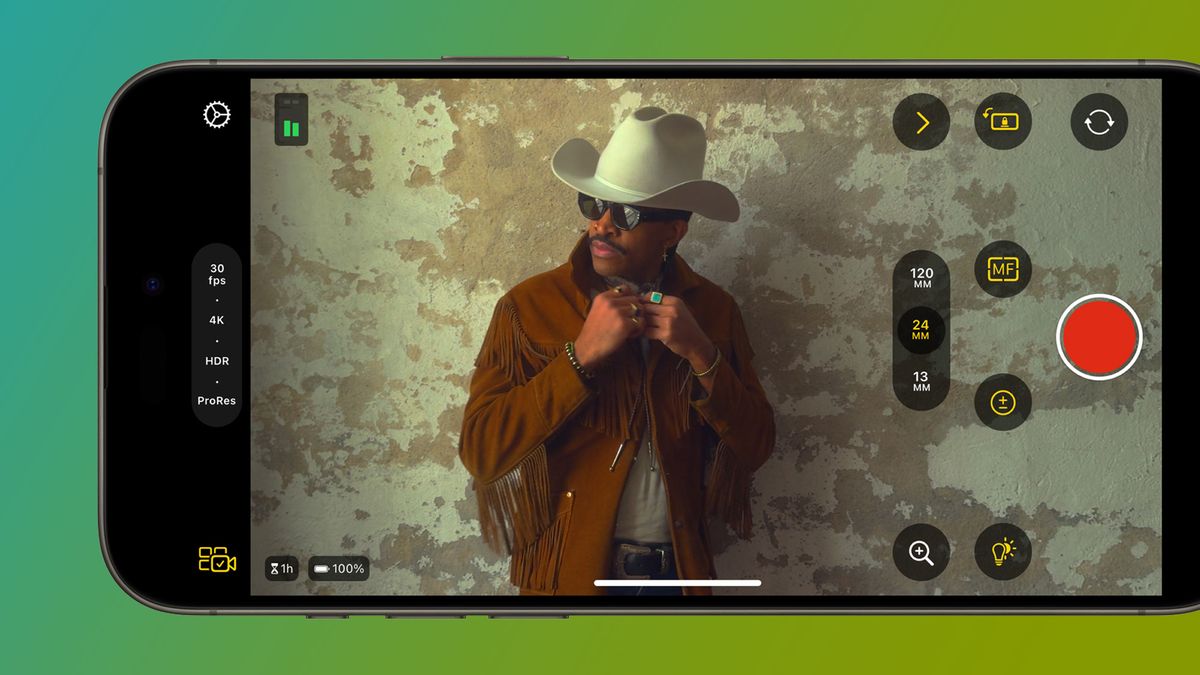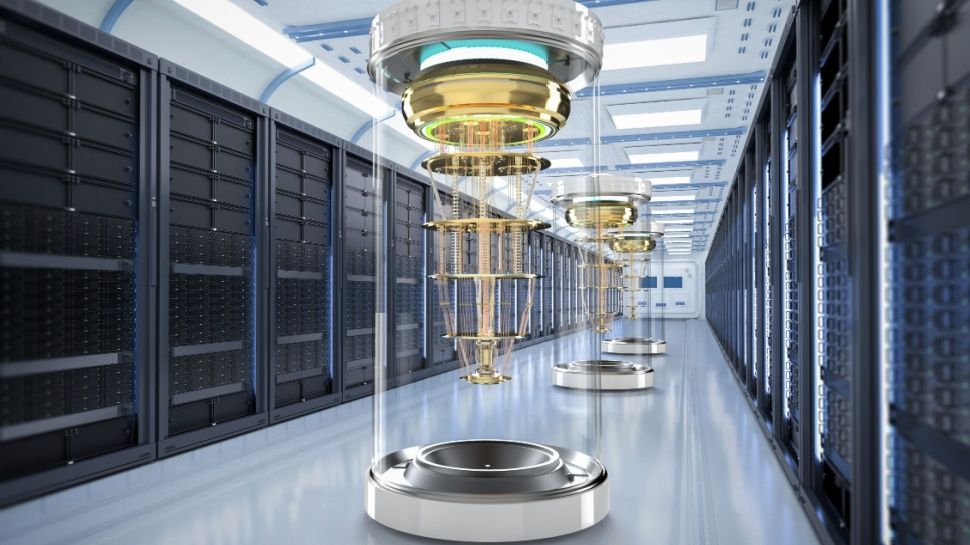Ray tracing is one of the most innovative technologies in the world of PC gaming and its full potential remains locked in despite how much more powerful the best graphics cards have become. However, one developer is looking to test whether a processor can perform ray tracing in any capacity.
So far the answer is: something like that? According to developer Konstantin Seurer and reported by PCGamesN, have been “adding features to a CPU-run Vulkan-based version of the open source Mesa graphics library.” The developer enabled the Implement VK_KHR_ray_query feature, which then allowed ray tracing to run on a processor. They tried this on the classic title. Earthquake 2.
We don't know what type of processor was used in the tests, which means it could range from a consumer-grade Intel Core i9 to an extremely powerful Threadripper type. What we do know, however, is the information gleaned from the single screenshot Seurer posted. It shows us that 34% of the processor's power is being used, that the results are just 1 fps, and that the processor is only running ray tracing due to 0% GPU utilization.
But why?
Now that we know that it is technically possible for a processor to run ray tracing, even if it is barely running and turned on Earthquake 2 No less, there is another question worth asking. Is it worth having a processor that runs ray tracing technology in the first place?
On the one hand, it's a fascinating process and one I'm curious about, because why not push the components to their limits and see what you can achieve with them? The best processors are getting stronger and more efficient with each generation, and some of them can even handle some of the best PC games without a dedicated graphics card. Therefore, it stands to reason that one day they will be able to handle more advanced tools.
On the other hand, what benefit would this have in the long term? As mentioned above, graphics cards can barely bring out the best of ray tracing and often need the help of DLSS to achieve this without reducing the frame rate. From a practical point of view, it makes sense to leave ray tracing to the cards designed to handle it.
Anyway, I'm still curious to see if anyone else can achieve this feat in the future.









